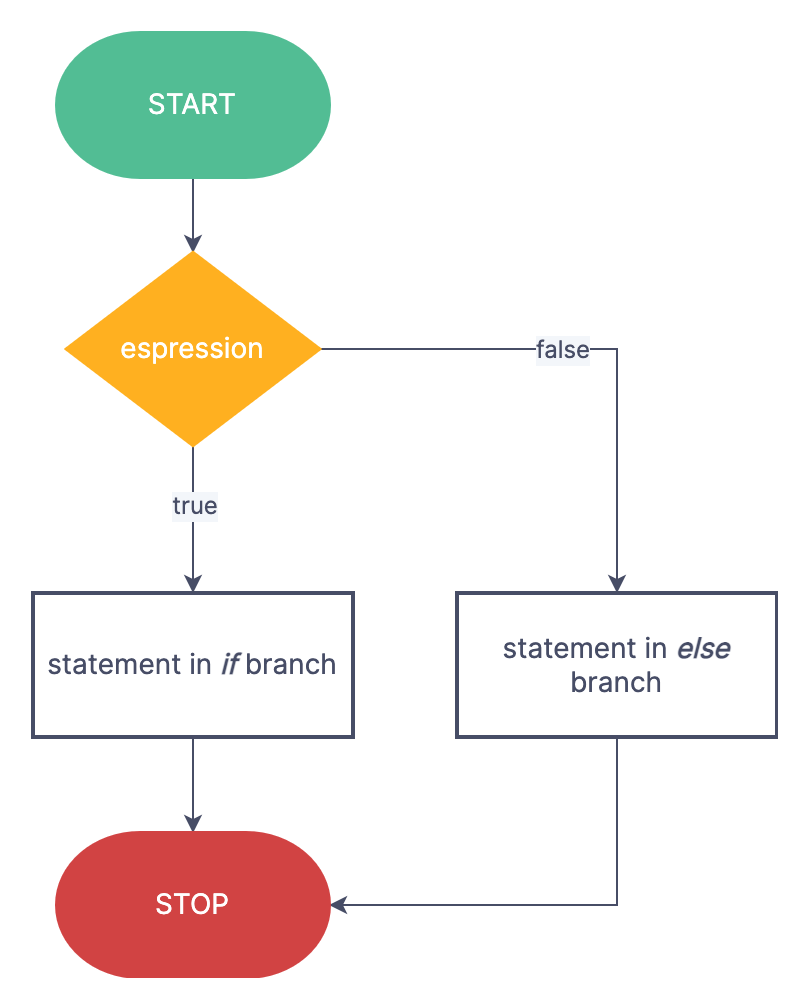Blog
- Details
- Written by R. Elizondo
- Category: Web Servers
In Nginx, rewrite rules are used to modify or redirect URLs, allowing you to control how incoming requests are processed and handled.

Location Block:
Rewrite rules are typically added within a specific location block in the Nginx configuration file (nginx.conf) or in a separate configuration file in the /etc/nginx/conf.d/ directory. The location block determines the context in which the rewrite rule will be applied.
server {
listen 80;
server_name example.com;
location / {
# Rewrite rule goes here
}
}
In this example, the rewrite rule will be applied to all requests under the / location.
Basic Rewrite Rule Syntax:
The basic syntax for a rewrite rule in Nginx is as follows:
rewrite regex replacement [flag];
regex: A regular expression that matches the part of the URL you want to rewrite.replacement: The replacement string that will replace the matched part of the URL.flag (optional): Specifies additional rewrite flags for controlling the rewrite behavior.
Read more: How to implement re-write rules in Nginx Web Server
- Details
- Written by R. Elizondo
- Category: Databases
Most modern PHP Applications require to deal with dates. Most of these dates are stored in the Database. Here are some examples of how you can build queries that uses MySQL date functions.

All examples assume you have these connection variables:
//...
$dsn = "mysql:host=localhost;dbname=your_database;charset=utf8mb4";
$username = "your_username";
$password = "your_password";
//...
Get the current date and time.
//...
try {
$pdo = new PDO($dsn, $username, $password);
$pdo->setAttribute(PDO::ATTR_ERRMODE, PDO::ERRMODE_EXCEPTION);
$stmt = $pdo->query("SELECT NOW() AS current_datetime");
$row = $stmt->fetch(PDO::FETCH_ASSOC);
echo "Current Date and Time: " . $row['current_datetime'];
} catch (PDOException $e) {
echo "Connection failed: " . $e->getMessage();
}
//...
- Details
- Written by R. Elizondo
- Category: Databases
In MySQL, the IF function is a control flow function that allows you to perform conditional logic within your queries. It provides a way to conditionally return different values or perform different actions based on a given condition.

The syntax of the IF function in MySQL is as follows:
IF(condition, value_if_true, value_if_false)
condition: This is the expression or condition that is evaluated. It can be any valid expression that returns a boolean (TRUE or FALSE) or any value that can be implicitly converted to a boolean.value_if_true: This is the value that is returned if the condition evaluates to TRUE. It can be a column, literal value, or an expression.value_if_false: This is the value that is returned if the condition evaluates to FALSE. It can also be a column, literal value, or an expression.
The IF function works as follows:
1. It evaluates the condition.
2. If the condition is TRUE, it returns the value_if_true.
3. If the condition is FALSE, it returns the value_if_false.
The IF function can be used in various contexts, such as in SELECT statements, UPDATE queries, INSERT statements, and more, allowing you to perform conditional operations within your SQL queries.
Examples:
Performing a conditional select query
$age = 18;
$query = "SELECT name, IF(age >= :age, 'Adult', 'Minor') AS status FROM users";
$stmt = $pdo->prepare($query);
$stmt->bindParam(':age', $age);
$stmt->execute();
while ($row = $stmt->fetch(PDO::FETCH_ASSOC)) {
echo $row['name'] . " - " . $row['status'] . "<br>";
}
This example selects the name column from the users table and uses the IF statement to determine whether the user is an adult or a minor based on their age.
- Details
- Written by R. Elizondo
- Category: Databases
In MySQL, JSON functions are used to manipulate and extract data from JSON documents stored in JSON columns. These functions allow you to perform various operations on JSON data, such as inserting, updating, querying, and transforming JSON documents.
JSON_OBJECT.
This function creates a JSON object from a set of key-value pairs. It takes column names and values as arguments and returns a JSON object.
SELECT JSON_OBJECT('name', name, 'age', age) AS person FROM users;
Using PHP
$name = 'John';
$age = 30;
$query = "SELECT JSON_OBJECT('name', :name, 'age', :age) AS person FROM users";
$stmt = $pdo->prepare($query);
$stmt->bindParam(':name', $name);
$stmt->bindParam(':age', $age);
$stmt->execute();
$result = $stmt->fetch(PDO::FETCH_ASSOC);
$person = $result['person'];
echo $person;
$query = "SELECT t1.id, JSON_OBJECT('name', t2.name, 'age', t2.age) AS person
FROM table1 AS t1
JOIN table2 AS t2 ON t1.id = t2.table1_id";
$stmt = $pdo->prepare($query);
$stmt->execute();
$result = $stmt->fetchAll(PDO::FETCH_ASSOC);
foreach ($result as $row) {
$id = $row['id'];
$person = $row['person'];
// Perform necessary operations with the retrieved data
// ...
}
Page 28 of 42

